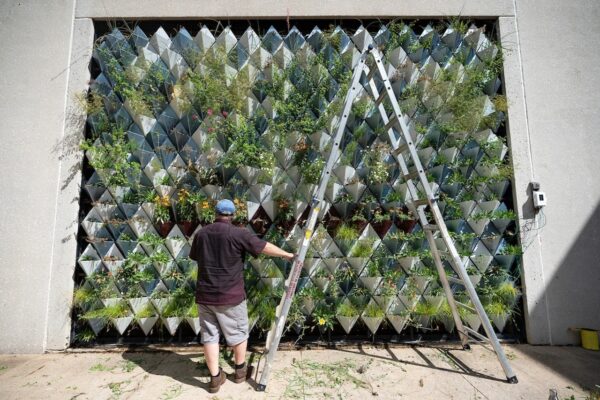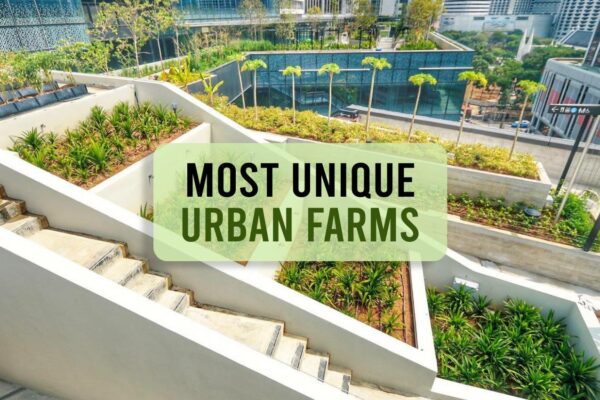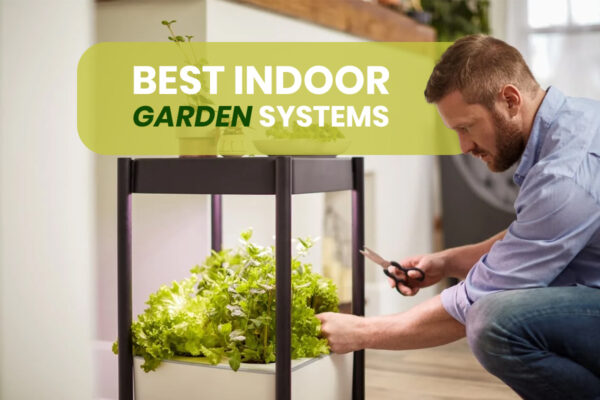Creative Indians are Transforming Unused Spaces into Urban Gardens
India once had pristine forest areas, even in the most developed cities. But much of those green spaces have been lost to development projects for infrastructure and roads. Now the natural charm has evaporated and instead concrete jungles have taken their place.
As the urbanisation raided the cities and human populations grew out of proportion, the Indian urban spaces were bereaved of the remaining greenery. With a huge inflow of people and chemical filled food, it has become imperative to introduce clean and fresh sources of air and food production. That is where the urban gardens step in.
Table of Contents
Urban Gardens
Urban gardens are undoubtedly the latest rage. Cities are witnessing a rising trend, where people are drifting slowly towards gardening and growing plants with multipurpose. Though there are space and time constraints, technological advancements and innovations have provided new ways and means to overcome all of them. It is becoming one of the popular hobbies amongst urban dwellers.
Urban gardening, which is a part of urban agriculture, refers to a practice where people indulge in cultivation – mainly, but not restricted to, food production – in and around urban areas. Gardening has become an instant hit as the modern generation comprehends the value of clean food and the environment.
What started as a utilitarian trend – growing foods and fruits in backyards – the gardens evolved to serve the aesthetic purpose during the past few centuries, and finally came to a fusion of both trends. In present urban spaces, gardens are closely bound to buildings and dwellings, thus developing into vertical and rooftop gardens, or kitchen and backyard gardens.
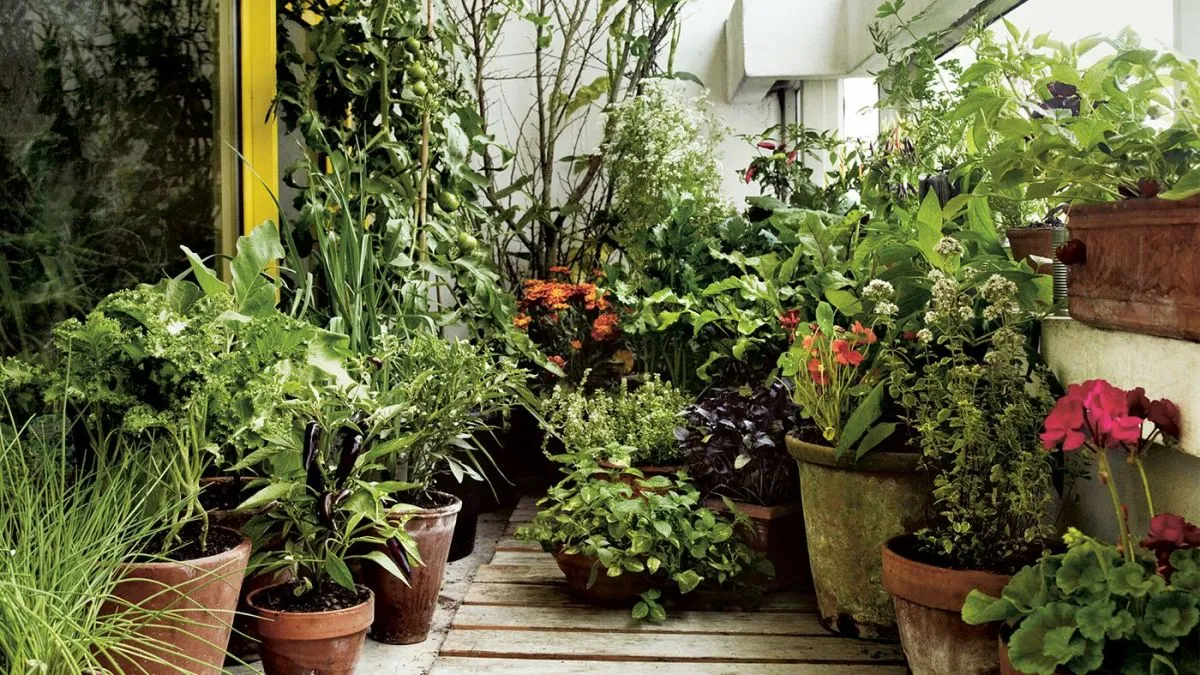
Urban gardens have become a popular trend instantly | Image: Andrew Montgomery
One can create an urban garden of any size and scale. Whether one wants a landscaped lawn, or grow ornamental flowering plants on one’s balcony, or organic vegetables on the terrace, the possibilities are numerous. Based on the space available, be it a small apartment or a huge independent house, a gardener has ample liberty for food production in either indoor spaces or rooftop gardens.
Significance of Urban Gardens
According to a 2018 study, urban agriculture can be crucial to feeding the booming urban population, potentially producing as much as 180 million tonnes of food a year – or about 10 percent of the global output of pulses and vegetables.
With the majority of the human race residing in cities and metropolitan spaces, particularly in the quickly growing cities in developing countries, there is a need to adapt to the challenges for sustainable and resilient urban development. Agriculture and gardening in urban residential areas have been increasingly observed as favorable concepts and elements of urban green infrastructure to address multiple sustainability objectives in the cities.
Currently, it has emerged as an essential tool and strategy for sustainable urban development as it addresses a wide range of environmental, social, and economic objectives. A 2020 study on home gardening practices concluded that “sustainability benefits can be expected especially in environmental and socio-cultural aspects, particularly for urban biodiversity conservation and aesthetic green urban spaces and less expected in economic contribution and food production.”
However, urban gardens are relevant for nutritional self-sufficiency and access to affordable and fresh food and air – particularly for socially-disadvantaged and food-insecure populations, improving dietary quality, and diversity as well as human health. They provide multiple ecosystem service benefits in the close living quarters of cities. Those benefits include micro-climate regulation, air purification, cooling, and the reduction of heat-island effects as well as the purification of water and treatment of the organic matter.
Constituting a specific habitat for species and often showing very high plant species diversity, urban gardens are seen as biodiversity hotspots within the crowded urban areas. Moreover, they enable people to creatively design their gardens with ornamental plants and elements as a means of self-expression.
Indians Planting Urban Gardens
India does not have ample food supply to feed such massive populations. India has about 93 million slum dwellers, and as much as 50 percent of New Delhi’s population and 60 percent of Mumbai’s are assessed to live in these informal settlements. In such regions, urban gardens are not only providing public green space but critical sources of food security and nutrition for impoverished urban residents.
Residents in one of the dense slums of Mumbai have recently converted a dumpsite into a community garden. Earlier, the waste site was as high as a two-story building, propagating disease and threatening the nearby Mithi River and residential water pipeline. But, with the help of the local organizations, the community cleaned the area and now the site is covered in greenery and attracts butterflies rather than flies.
Here are a few Indians who are planting urban gardens by transforming unused spaces around them – be it vertical gardens or terrace gardens.
Sakshi Bharadwaj – Growing Rare Plants
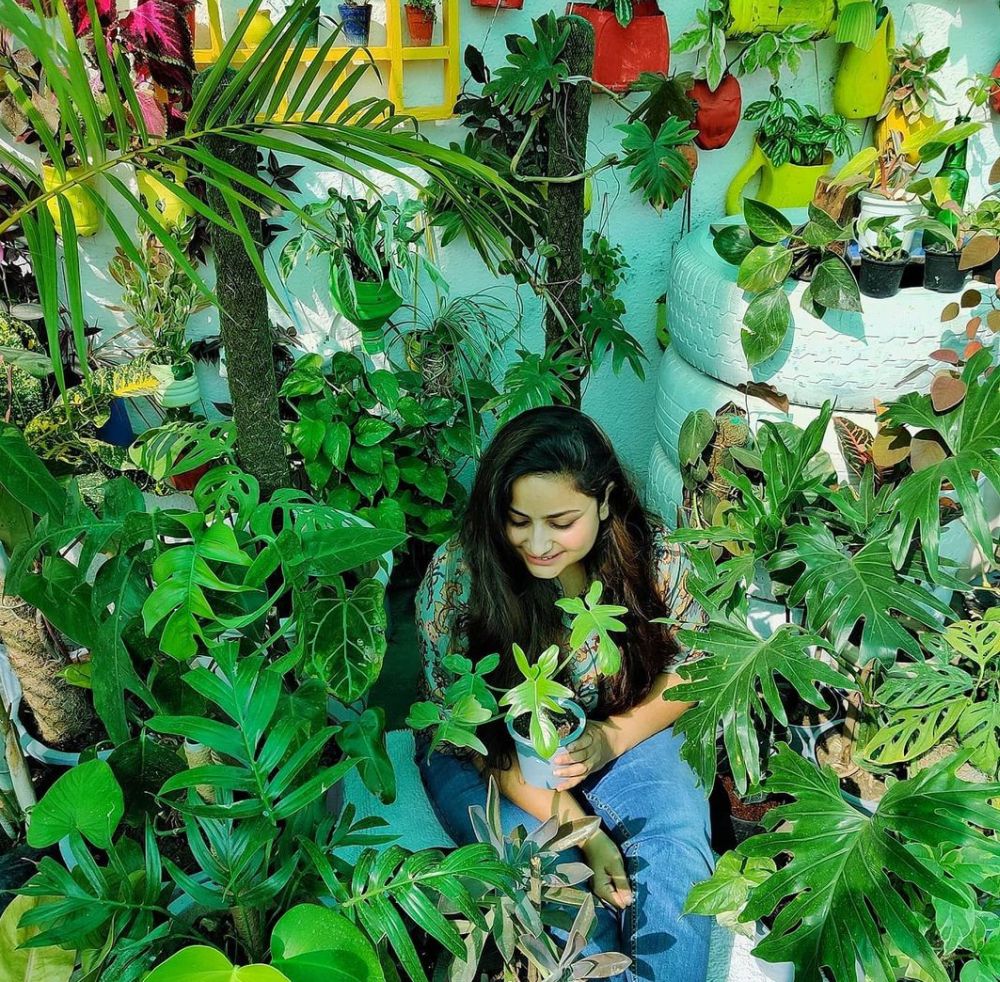
Sakshi is one of the few Indians planting urban gardens | Image: Instagram @jungle_vase
Growing plants in your space can be a rewarding and satisfying experience, and it will improve the air quality as a bonus. Working on this belief, Sakshi Bharadwaj from Bhopal has created a mini jungle in the backyard of her house, with 450 varieties of rare plants. The 25-year-old microbiology student has planted 4,000 plants behind her house; there are 150 species of exotic plants and they are all grown in a vertical setup, using hollowed-out coconut shells, recycled bottles, and cans.
Suchitra Akella – Sourcing Fresh Produce from Terrace Garden
Suchitra Akella planted her terrace garden nearly five years ago. Although in the beginning, she had ornamental plants, later began to cater to vegetable patches on her terrace, which now provides fresh produce at least 4-5 days a week. She advises new gardeners to focus on mixed crops like vegetables and flowers, especially yellow flowers to attract bees for pollination. While many people have shifted towards urban gardening during the COVID lockdowns, Akella’s terrace garden has flourished even more.
Padma and Srinivasm Pinnaka – Best Terrace Horticulturist
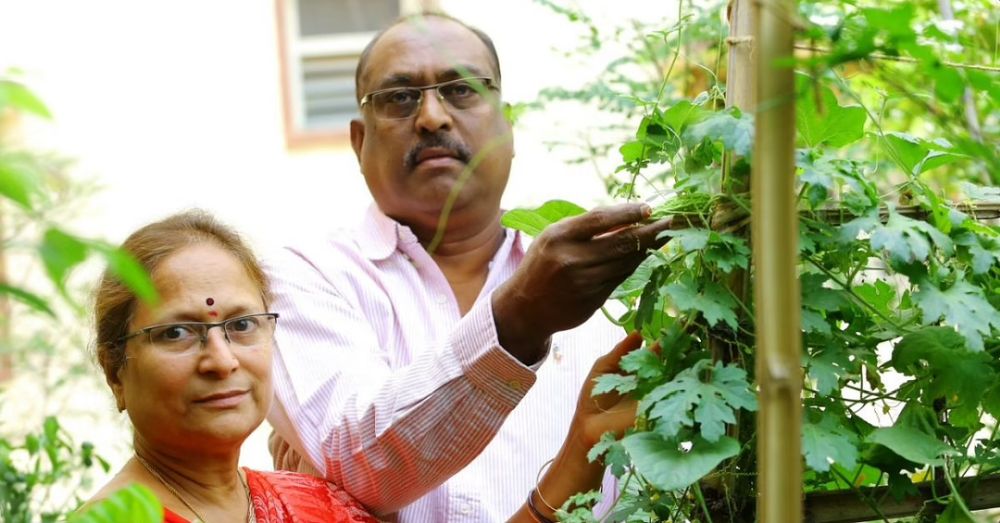
Padma and Srinivasm Pinnaka are among the few Indians planting urban gardens | Image: The Better India
Residents of Hyderabad, Padma and Srinivasm Pinnaka have a flourishing terrace garden and have grown more than 600 plants in five years. The couple grows 22 varieties of fruit, 18 types of vegetables, and many kinds of flowers in 500 planters on their rooftop garden that spreads across 850 square feet. In 2018, the state government bestowed Padma with the Best Terrace Horticulturist award. The couple has inspired their neighbours to invest their time in keeping urban gardens, too.
Sreedevi Ande – Rearing Fruit Plants
Hyderabad has seen a major spurt in urban gardening recently, as more city dwellers are growing fruit and vegetables in whatever space was available in their homes. Sreedevi Ande has planted fruit trees like gooseberry, banana, pomegranate, etc., and arranged a variety of different flowering plants in bedroom balconies. Except for coriander, Sreedevi’s family hasn’t bought any leafy vegetables over the last six months and they could sustain in the coronavirus pandemic only because of their urban garden.
Reema Lewis – Inspiring Green Living
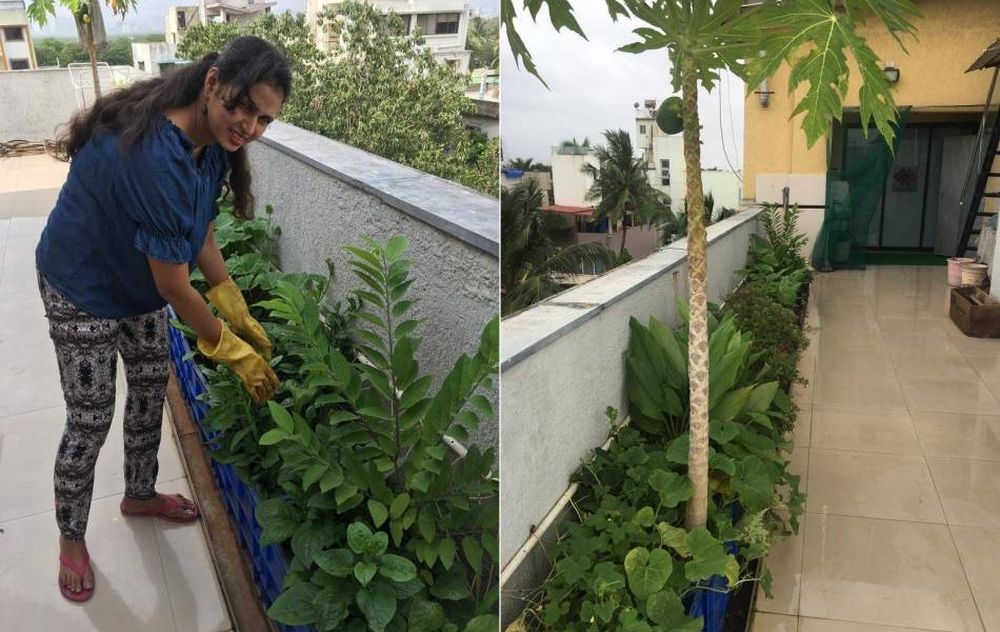
Dr. Reema Lewis is one of the few Indians planting urban gardens and has been maintaining a terrace garden | Image: Homecrux
Living in the metropolitan city of Mumbai, India, 38-year-old Dr. Reema Lewis has turned her home into a genuine green living space. Reema has chosen natural composting and vermiculture to make ideal use of household waste. She uses this compost to nurture the variety of plants on her terrace, including mint, papaya, pumpkin, and cucumber among many others. As a medical professional, she understands the necessity of a healthy diet and clean air; which inspired her to transform her terrace into an urban garden.
Sirisha Prabhala – Harvesting Fruits on the Roof
Believing that plants can be grown on a table, in the garden or a nook of the house, on the kitchen sill, or just about anywhere around the house; Sirisha Prabhala, a technician by profession, started terrace gardening over five and a half years ago. When she moved to an independent house, she realised that there was plenty of unused space and began to maintain a small garden. After three years of hard work in her garden, she was able to harvest 400-500 mangoes from a single tree in her garden.
Rohit Mehra – Setting Vertical Gardens in Public Spaces
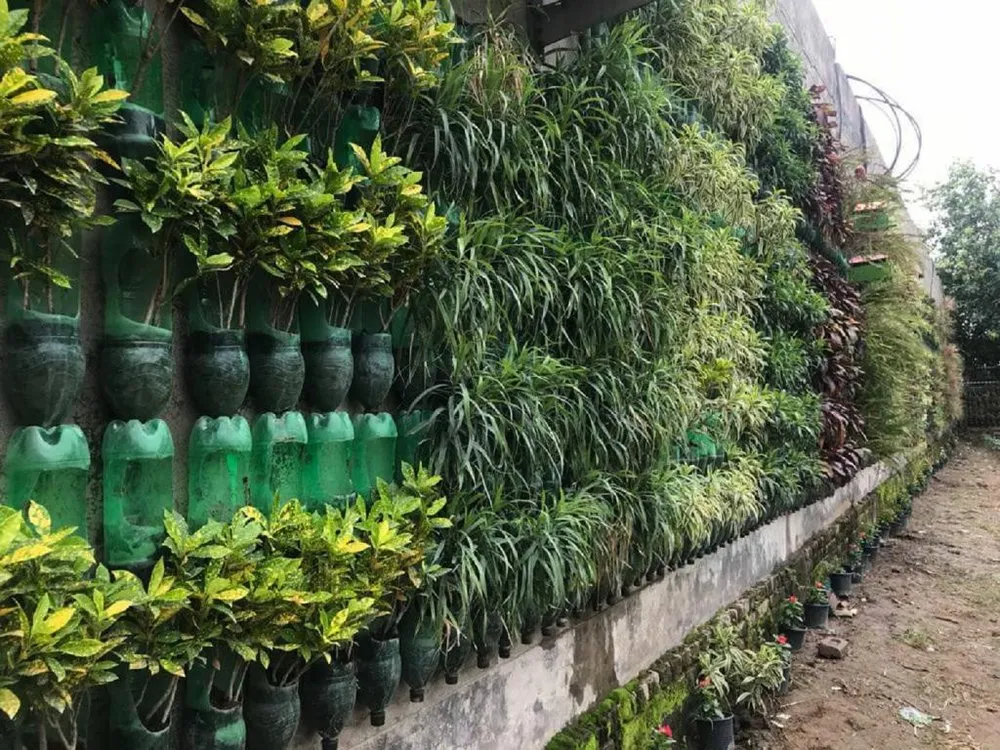
Vertical garden set up by Rohit Mehra | Image: Rohit Mehra
Rohit Mehra, a civil services officer, has been creating vertical gardens using discarded plastic bottles in Ludhiana. Mehra crafted over 500 vertical gardens at many public places by using about 70 tonnes of waste plastic water bottles as planters to create vertical gardens in Ludhiana, Punjab. The officer has set up these vertical gardens in numerous public places across the city including schools, colleges, gurudwaras, churches, police stations, government offices, and railway stations.
Samiya – Growing Plants on Balcony
Samiya has been growing plants and vegetables out on her balcony for quite some time and her labour bears wonderful fruits. Ignoring the constraint of the space, she passionately grows vegetables and fruits like spoon tomatoes, in window boxes with merely 3 to 5 hours of daily sunlight. Using vertical and container planters, she has transformed her small balcony into a green paradise.
Pavithra Dikshit – Owner of a Diverse Urban Garden
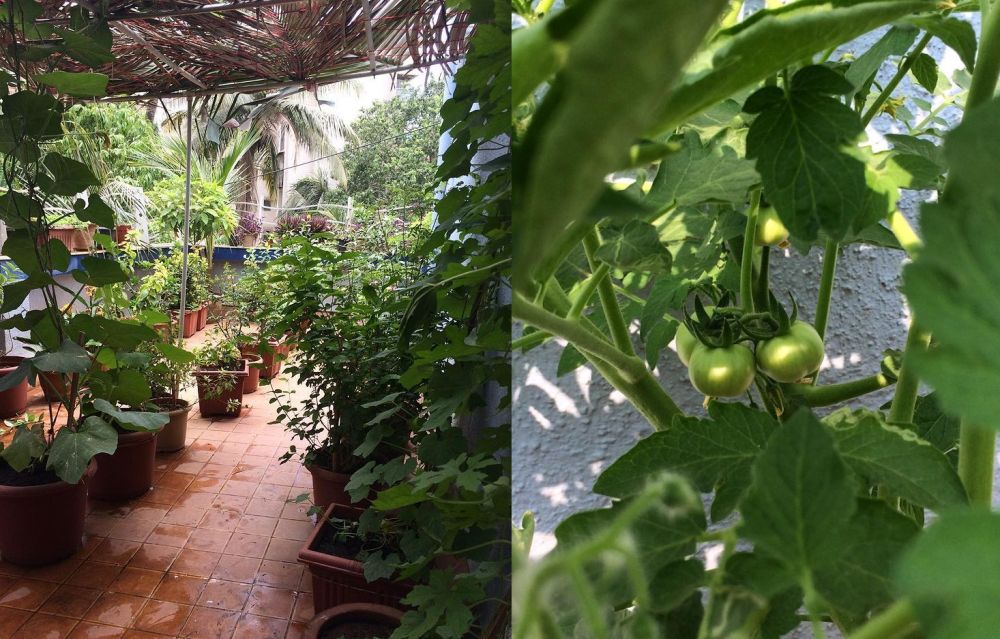
Pavithra Dikshit’s diverse Urban Garden | Image: Instagram @pavithradikshit
Mumbai-based designer and artist, Pavithra Dikshit has been taking care of her terrace garden along with her parents since 2013. According to her, she gets a passion for gardening from her grandfather who was a farmer. Her whole family contributes to the manual labour of potting, cleaning, trimming, and making sure that each plant survives through various seasons and weather.
Her garden has a diverse range of plants including herbs like mint, basil, rosemary, coriander, curry leaves, and spice plant; some vegetables like spinach, ladies finger, cluster beans, lemon, and a miniature chikoo (sapodilla) tree growing; flowers like roses, jasmine, hibiscus, and bougainvillea; and money plant (devil’s ivy), green Cyprus, dracaena, snake plant, and creeping fig.
Kopal Nanda – Home Gardener
Kopal Nanda brilliantly maps the progress of her garden and introduces her followers on Instagram to some exotic plants along the way. Lucknow resident Kopal has incorporated plants in almost every corner of her house and tends to them dearly. Her Instagram account is filled with beautiful plant pictures and videos.
Manmayee – A Budding Gardener
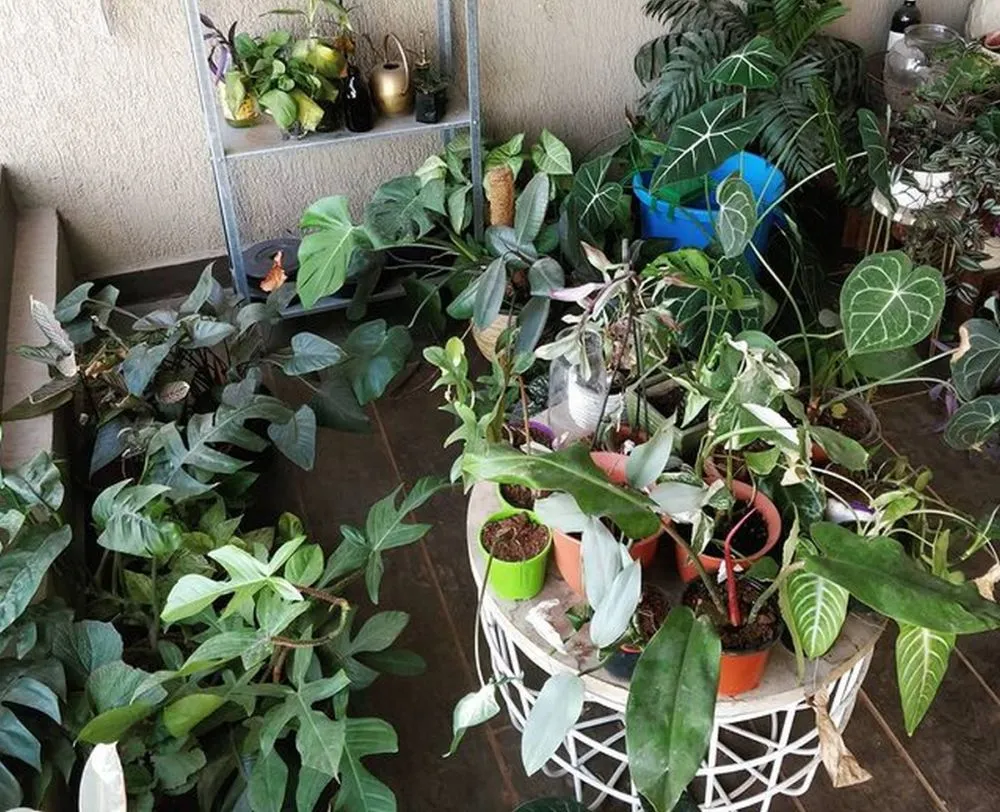
Manmayee’s Urban Garden | Image: Instagram @the.bombay.gardener
Manmayee is a budding gardener and has been cultivating her home jungle with incredible passion. She grooms various varieties of plants in almost every nook and cranny of her house. Her urban garden is truly inspiring.
Saroja – An Octogenarian Maintaining Urban Garden for 60 Years
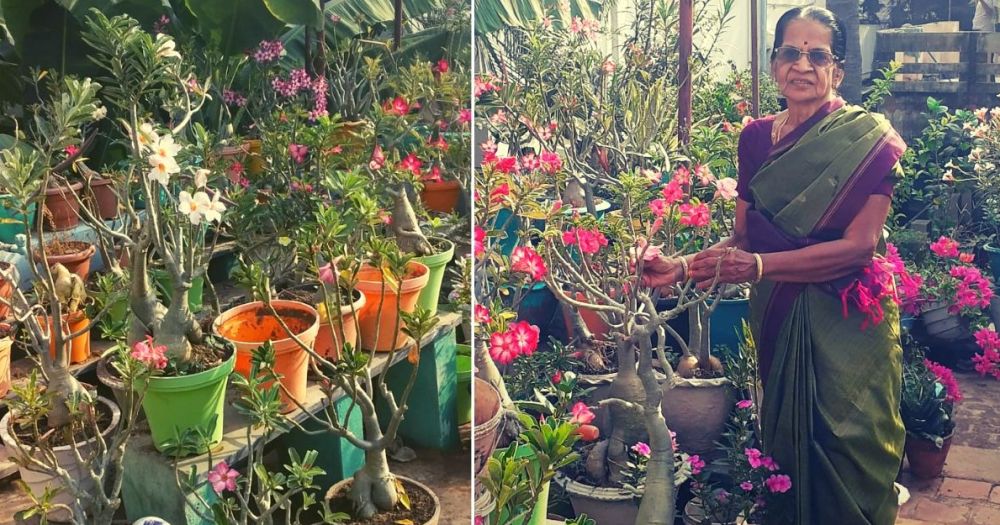
80-year-old Saroja has been maintaining an urban garden for nearly 60 years | Image: The Better India
For nearly 60 years, Chennai resident Saroja has been maintaining her urban garden and inspiring many around her to take up gardening. The octogenarian has over 500 plants at her home that include over 100 varieties of adenium, 10 varieties of vegetables and greens, bonsais, roses, and 20 kinds of the hibiscus plant.
She is a prominent member of Organic Terrace Garden, a group of organic gardening enthusiasts, which was formed almost a decade ago with the intent of spreading valuable information about organic techniques of farming and gardening. For the past few years, Saroja has been hosting a yearly garden party to share, discuss, and spread more awareness about urban gardening.
